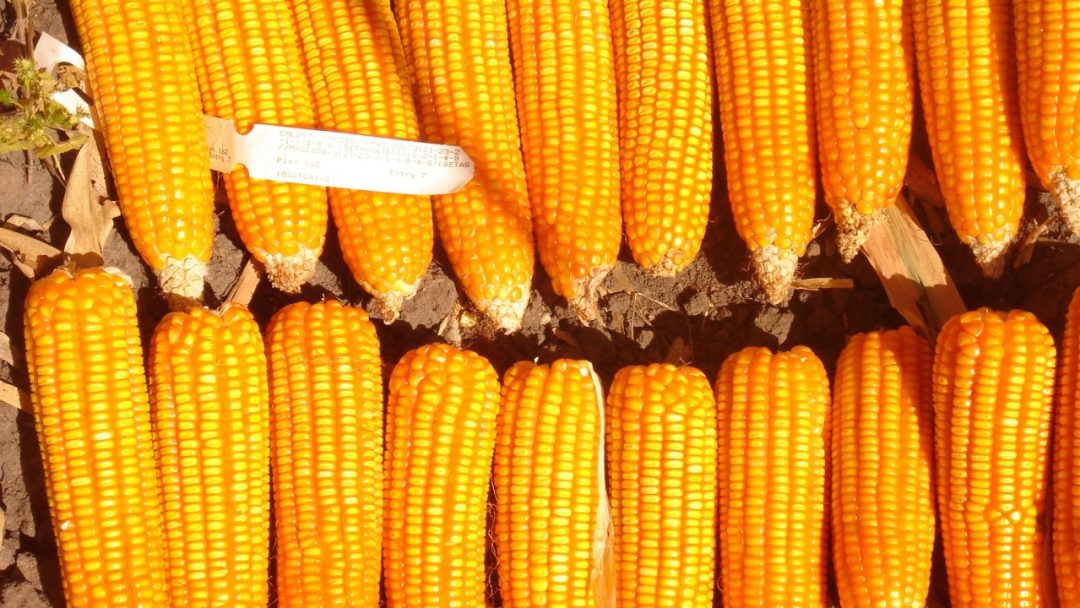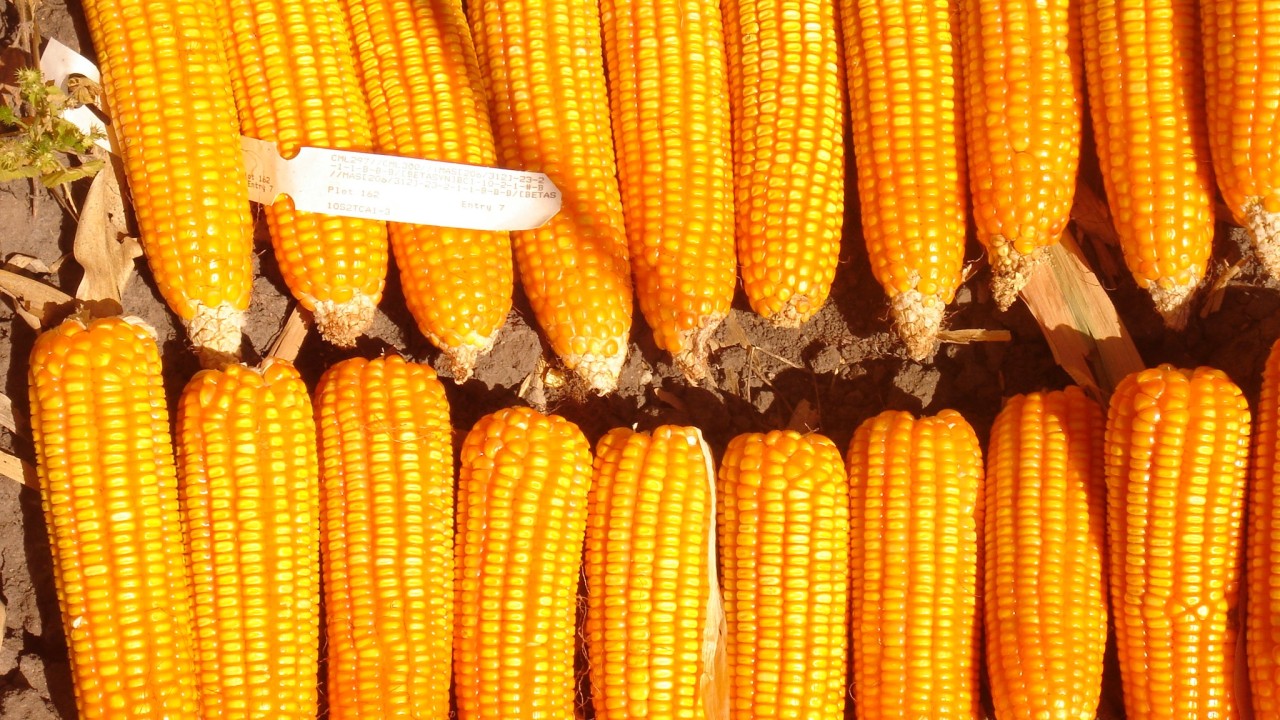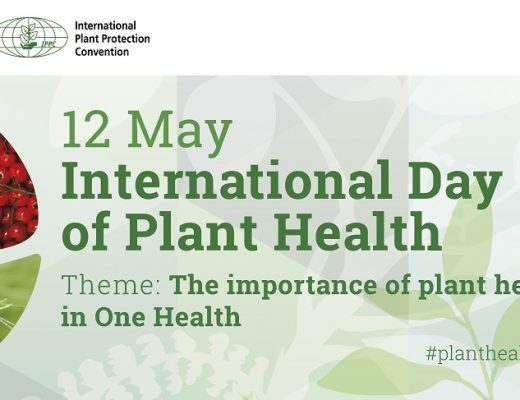In 2004, an aflatoxin outbreak swept through Eastern and Central Kenya, killing over 120 people and hosIn 2004, an aflatoxin outbreak swept through Eastern and Central Kenya, killing over 120 people and hospitalizing many more. The culprit? Maize—our staple food—contaminated with a toxin invisible to the eye but lethal to the liver. I remember the fear vividly. My mother would cook ugali (a stiff porridge made from maize flour) earlier than usual and eat first. If she didn’t fall ill, only then would we—her four children—be allowed to eat. She became our ‘canary’, risking her own health to protect ours. That experience drives my commitment to build resilient food systems that protect the most vulnerable. Because no mother should have to wonder if the maize on her child’s plate is safe.
Aflatoxins are toxic compounds produced by fungi—mainly Aspergillus flavus and Aspergillus parasiticus—that thrive in hot, humid conditions. These toxins are silent killers. Chronic exposure can stunt growth, suppress immunity, and in severe cases, lead to liver cancer or death. Long viewed primarily as a food safety concern, aflatoxins are now increasingly recognized as a food security and nutrition issue—because food is not truly food if it is not safe.
This year’s World Food Safety Day theme, “Food Safety: Science in Action,” challenges us to do better. Science must not only prevent illness and reduce food loss—it must anticipate threats and deliver holistic solutions. What if the same crops we breed for better nutrition could also defend us from food toxins? That’s the promise of pro-vitamin A Maize (pVAM)—an orange grain that could help countries like Nigeria tackle two of their biggest challenges: micronutrient deficiencies and aflatoxin contamination.
According to the 2021 Nigeria National Food Consumption and Micronutrient Survey, conducted by The International Institute of Tropical Agriculture (IITA) and the Federal Government, Vitamin A deficiency (VAD) remains alarmingly high: 31% of children under five, 24% of adolescent girls, and 22% of pregnant women lack sufficient vitamin A, leaving them vulnerable to illness and night blindness. In response, biofortification of staple crops, such as cassava, yam, and maize, with provitamin A (PVA) has gained traction with the Federal Government as a sustainable and cost-effective strategy to reduce VAD and improve vitamin A status, particularly in low-resource settings.
Nigeria is the second-largest producer of maize in Africa. In 2023, it was estimated that the country produced approximately 1.3 million metric tons of pVAM—enough to reach 50 million people. Studies by IITA scientists show a negative genetic correlation between provitamin A content and aflatoxin accumulation. Simply put, maize varieties higher in β-carotene (the precursor to vitamin A) tend to accumulate less aflatoxin under both field and storage conditions.
This is a game-changer. Why does this matter? Because aflatoxin contamination is not rare. Across Nigeria, postharvest handling and storage conditions—particularly during the rainy season—create perfect conditions for fungal growth. Until now, nutrition and food safety have operated in parallel lanes. But what if we intentionally bred crops that served both goals?
We need more studies to assess real-world aflatoxin exposure in populations consuming pVAM compared to those consuming conventional white maize. This will generate urgently needed empirical data on whether biofortified maize offers a protective effect against mycotoxin risk.
The implications are enormous—not just for maize breeding, but for food policy. If the dual-benefit hypothesis holds, Nigeria will have at its fingertips a homegrown, scalable, and sustainable solution that aligns with its food security, nutrition, and safety priorities.
World Food Safety Day reminds us that safety isn’t a luxury; it’s a foundation. And prevention must begin on the farm, pre-harvest, not post-harvest. Yet most safety efforts still focus on downstream testing, enforcement, and recalls. What we need is an upstream revolution—one that integrates health, safety, and sustainability at the seed level.
pVAM shows us how we can integrate nutrition, food safety, and agricultural resilience into a single solution. But to unlock its full potential at scale, three critical shifts must happen across policy, research, and public awareness.
First, we need policy coherence. Ministries of Health, Agriculture, and Finance must work in concert, aligning their strategies and resources. Biofortified crops like pVAM should no longer be seen solely as nutrition interventions. They must also be recognized and supported as public health tools that contribute to food safety and disease prevention. This reclassification would open doors for integrated programming and coordinated investments.
Second, we must incentivize breeding for multiple traits. Too often, breeders are rewarded primarily for yield. But in a world where climate change, malnutrition, and foodborne toxins intersect, success must also mean delivering crops that nourish and protect. Breeding targets must evolve to include not just productivity, but also nutritional quality and toxin resistance—traits that benefit both farmers and consumers.
Finally, we must invest in consumer awareness. People need to understand that not all maize is created equal. Empowering communities to recognize the health and safety benefits of pVAM can drive demand and accelerate adoption. When consumers know that choosing orange maize may also mean protecting their families from aflatoxin exposure, they’re not just buying food—they’re buying peace of mind.pitalizing many more. The culprit? Maize—our staple food—contaminated with a toxin invisible to the eye but lethal to the liver. I remember the fear vividly. My mother would cook ugali (a stiff porridge made from maize flour) earlier than usual and eat first. If she didn’t fall ill, only then would we—her four children—be allowed to eat. She became our ‘canary’, risking her own health to protect ours. That experience drives my commitment to build resilient food systems that protect the most vulnerable. Because no mother should have to wonder if the maize on her child’s plate is safe.
Aflatoxins are toxic compounds produced by fungi—mainly Aspergillus flavus and Aspergillus parasiticus—that thrive in hot, humid conditions. These toxins are silent killers. Chronic exposure can stunt growth, suppress immunity, and in severe cases, lead to liver cancer or death. Long viewed primarily as a food safety concern, aflatoxins are now increasingly recognized as a food security and nutrition issue—because food is not truly food if it is not safe.
This year’s World Food Safety Day theme, “Food Safety: Science in Action,” challenges us to do better. Science must not only prevent illness and reduce food loss—it must anticipate threats and deliver holistic solutions. What if the same crops we breed for better nutrition could also defend us from food toxins? That’s the promise of pro-vitamin A Maize (pVAM)—an orange grain that could help countries like Nigeria tackle two of their biggest challenges: micronutrient deficiencies and aflatoxin contamination.
According to the 2021 Nigeria National Food Consumption and Micronutrient Survey, conducted by The International Institute of Tropical Agriculture (IITA) and the Federal Government, Vitamin A deficiency (VAD) remains alarmingly high: 31% of children under five, 24% of adolescent girls, and 22% of pregnant women lack sufficient vitamin A, leaving them vulnerable to illness and night blindness. In response, biofortification of staple crops, such as cassava, yam, and maize, with provitamin A (PVA) has gained traction with the Federal Government as a sustainable and cost-effective strategy to reduce VAD and improve vitamin A status, particularly in low-resource settings.
Nigeria is the second-largest producer of maize in Africa. In 2023, it was estimated that the country produced approximately 1.3 million metric tons of pVAM—enough to reach 50 million people. Studies by IITA scientists show a negative genetic correlation between provitamin A content and aflatoxin accumulation. Simply put, maize varieties higher in β-carotene (the precursor to vitamin A) tend to accumulate less aflatoxin under both field and storage conditions.
This is a game-changer. Why does this matter? Because aflatoxin contamination is not rare. Across Nigeria, postharvest handling and storage conditions—particularly during the rainy season—create perfect conditions for fungal growth. Until now, nutrition and food safety have operated in parallel lanes. But what if we intentionally bred crops that served both goals?
We need more studies to assess real-world aflatoxin exposure in populations consuming pVAM compared to those consuming conventional white maize. This will generate urgently needed empirical data on whether biofortified maize offers a protective effect against mycotoxin risk.
The implications are enormous—not just for maize breeding, but for food policy. If the dual-benefit hypothesis holds, Nigeria will have at its fingertips a homegrown, scalable, and sustainable solution that aligns with its food security, nutrition, and safety priorities.
World Food Safety Day reminds us that safety isn’t a luxury; it’s a foundation. And prevention must begin on the farm, pre-harvest, not post-harvest. Yet most safety efforts still focus on downstream testing, enforcement, and recalls. What we need is an upstream revolution—one that integrates health, safety, and sustainability at the seed level.
pVAM shows us how we can integrate nutrition, food safety, and agricultural resilience into a single solution. But to unlock its full potential at scale, three critical shifts must happen across policy, research, and public awareness.
First, we need policy coherence. Ministries of Health, Agriculture, and Finance must work in concert, aligning their strategies and resources. Biofortified crops like pVAM should no longer be seen solely as nutrition interventions. They must also be recognized and supported as public health tools that contribute to food safety and disease prevention. This reclassification would open doors for integrated programming and coordinated investments.
Second, we must incentivize breeding for multiple traits. Too often, breeders are rewarded primarily for yield. But in a world where climate change, malnutrition, and foodborne toxins intersect, success must also mean delivering crops that nourish and protect. Breeding targets must evolve to include not just productivity, but also nutritional quality and toxin resistance—traits that benefit both farmers and consumers.
Finally, we must invest in consumer awareness. People need to understand that not all maize is created equal. Empowering communities to recognize the health and safety benefits of pVAM can drive demand and accelerate adoption. When consumers know that choosing orange maize may also mean protecting their families from aflatoxin exposure, they’re not just buying food—they’re buying peace of mind.
Contributed by Dr. Mercy Lung’aho






No Comments